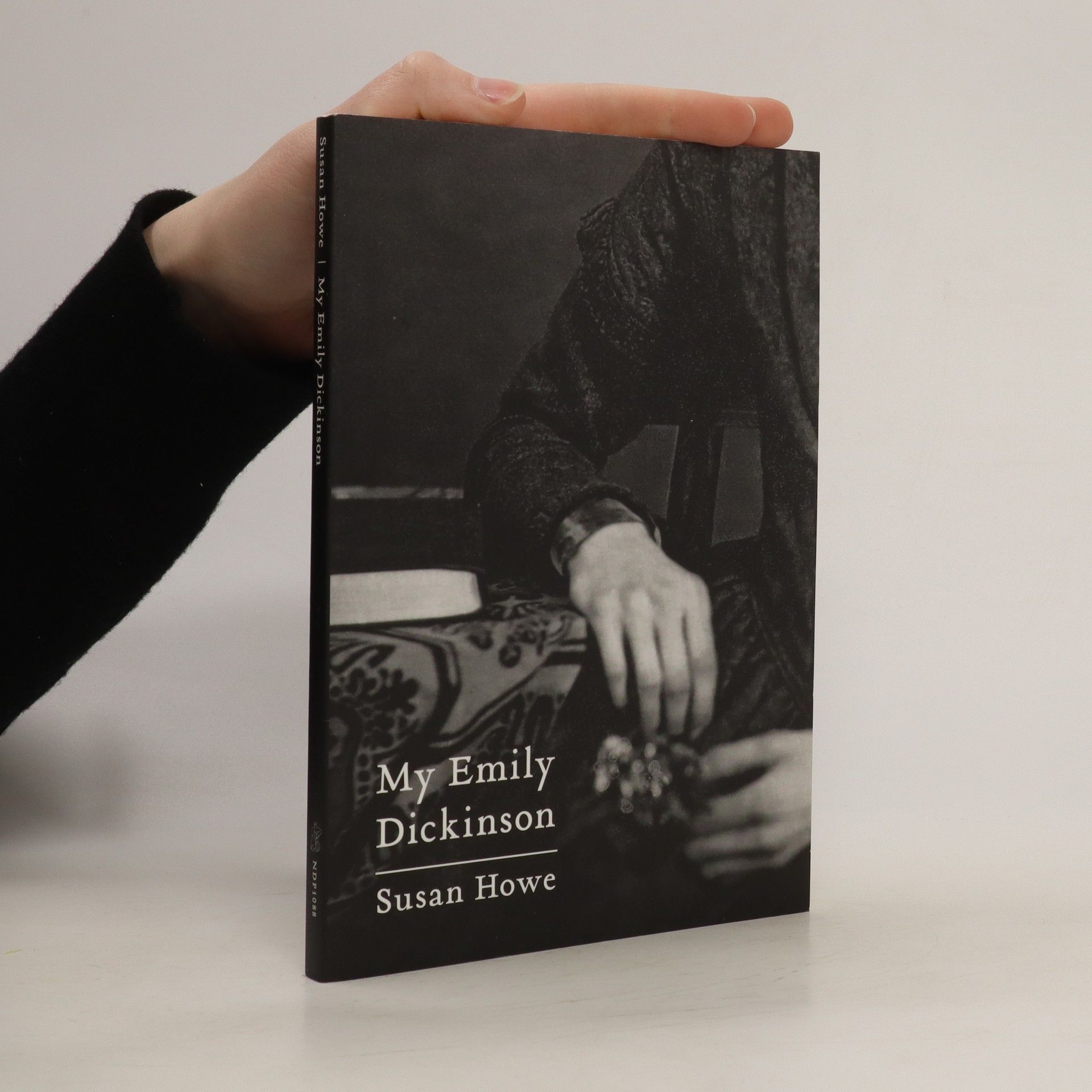Spontaneous Particulars
- 80 Seiten
- 3 Lesestunden
Originally a cloth coedition with the Christine Burgin Gallery, this rapturous hymn to discoveries and archives is now a paperback
Susan Howes Werk beschäftigt sich mit dem komplexen Zusammenspiel von Sprache, Geschichte und Spiritualität und erforscht dabei oft übersehene Bereiche der amerikanischen literarischen Tradition. Sie ist bekannt für ihren experimentellen Formansatz, der Poesie, Essays und historische Fragmente verwebt, um zum Schweigen gebrachte Stimmen aufzudecken. Howes Schriften stellen konventionelle Narrative in Frage und regen die Leser an, neu zu überdenken, wie die Vergangenheit konstruiert wird und wie sie in der Gegenwart nachhallt. Ihre einzigartige Perspektive bietet eine tiefgründige Meditation über die beständige Kraft von Sprache und Erinnerung.



Originally a cloth coedition with the Christine Burgin Gallery, this rapturous hymn to discoveries and archives is now a paperback
"Starts off as a manifesto but becomes richer and more suggestive as it develops." The New York Sun"
A new poetry book by Susan Howe is always an event “Only artworks are capable of transmitting chthonic echo-signals,” Susan Howe has said. In Concordance , she has created a fresh body of work transmitting vital signals from a variety of archives. “Since,” a semi-autobiographical prose-poem, opens the concerned with first and last things, meditating on the particular and peculiar affinities between law and poetry, it ranges from the Permian time of Pangea through Rembrandt and Dickinson to the dire present. “Concordance,” a collage poem originally published as a Grenfell Press limited edition, springs from slivers of poetry and marginalia, cut from old concordances and facsimile editions of Milton, Swift, Herbert, Browning, Dickinson, Coleridge, and Yeats, as well as from various field guides to birds, rocks, and the collages’ “rotating prisms” form the heart of the book. The final poem, “Space Permitting,” is collaged from drafts and notes Thoreau sent to Emerson and Margaret Fuller's friends and family in Concord while on a mission to recover her remains from the shipwreck on Fire Island. The fierce ethic of salvage in these three very different pieces expresses the vitalism in words, sounds, syllables, the telepathic spirit of all things singing into air.